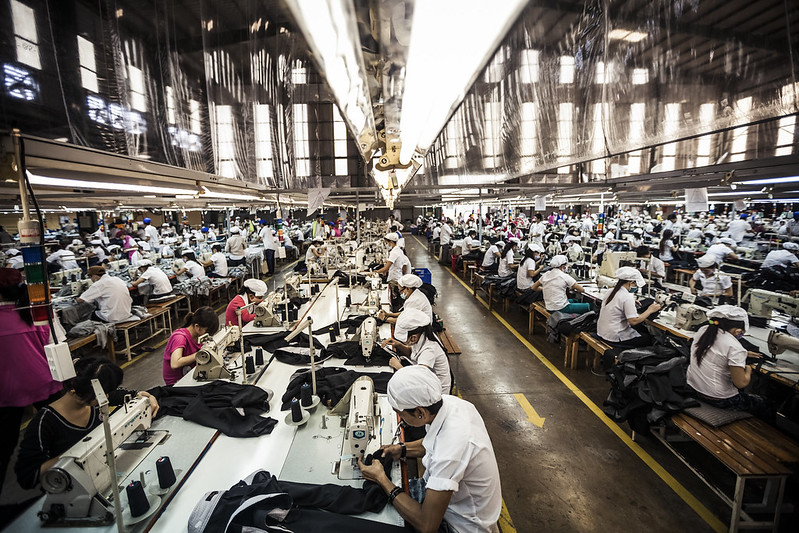Automation in Southeast Asia Affects the Poor
 Southeast Asia has been reducing its poverty level as a whole for the past decade. However, the rise of automation has now put the population back at risk. One of the largest industries in terms of employment in Southeast Asia is the production and manufacturing industry. The most common type of work found in this region is in small factories. These jobs are some of the most vulnerable to the effects of automation in Southeast Asia.
Southeast Asia has been reducing its poverty level as a whole for the past decade. However, the rise of automation has now put the population back at risk. One of the largest industries in terms of employment in Southeast Asia is the production and manufacturing industry. The most common type of work found in this region is in small factories. These jobs are some of the most vulnerable to the effects of automation in Southeast Asia.
Affected Industries
Automation is the process by which labor or a job that is performed by a human switches to being done by a machine. In many cases, a robot is able to work faster and more efficiently than a person with the added bonus of not having a salary and never needing time off. Thus, the prospect of a workforce full of machines is very appealing to those looking to lower their labor costs.
Automation in Southeast Asia stands to put a large number of laborers out of work. The International Labor Organization reported that 73% of Thailand’s manufacturing workforce are at high risk of having their jobs automated. On a whole, the ASEAN-5 (Cambodia, Indonesia, the Philippines, Thailand and Vietnam) faces a 56% risk for employment being automated in the next two decades. The majority of workers affected will be those with both lower wages and lower levels of education. These are the types of jobs easiest to automate, which renders these workers as the most severely impacted demographic.
Further, the types of jobs created through automation, like machine operation and maintenance, require skills the lesser educated workers replaced by automation lack. In Vietnam, those with only a primary school education are three times more likely to have their job automated than someone with a secondary degree.
The Transition
These countries face an interesting problem. Through automation, they stand to gain much in the way of foreign investments and business. Southeast Asia has become a hub of global production, which provides many economic benefits. On the other hand, automation puts the lives of the working-class people in these countries in serious danger. Several countries in Southeast Asia have proposed new ideas to try and navigate through this transition.
The Indonesian Minister of Finance has proposed the implementation of a universal basic income. This has the possibility of alleviating the stress caused by job loss. The Government of Thailand has approved a tax incentive to boost automation within the country. The proposition aims to bring in foreign investors that would train Thai workers and create employment opportunities.
Conclusion
A smooth transition to automation will be crucial in keeping much of the population of Southeast Asia above the poverty line. It is fundamental to support workers in the age of automation in Southeast Asia. Most importantly, they need access to higher levels of education. Hopefully this issue will encourage these governments to provide more opportunities and training to their citizens. People can continue to work in meaningful ways in the age of automation through adequate aid.
– Jackson Bramhall
Photo: Flickr
